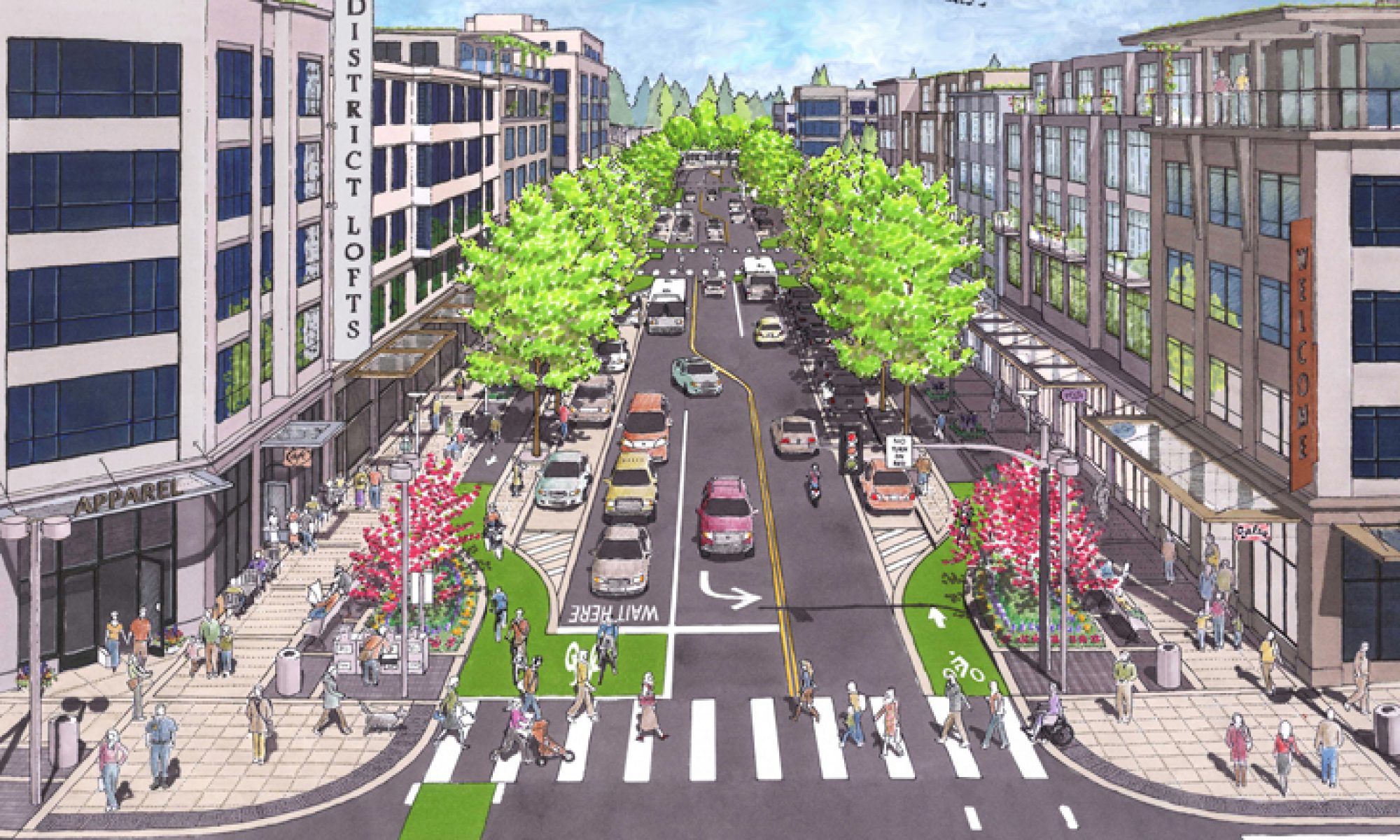How do we stack up in our initiatives creating an age-friendly city? It can start with safe streets for the most vulnerable. If streets are designed for the elderly they are safe for everyone. This is a list Asbury Park can be on as we continue to make the city more liveable: “…more than 700 cities in 39 countries are signed up to the World Health Organization’s global network of age-friendly cities and communities to promote healthy active ageing and improve the quality of life for people over 60.”
What would an age-friendly city look like?
As the world’s population grows older and more urban, cities around the world must decide how to adapt
by Alice Grahame
With the world’s population getting older and more urban, the needs of older residents will play an increasingly important part in the shaping of cities. According to UN figures, the number of over 60s is set to double by 2050, rising from 962m in 2017 to 2.1bn. Already in Akita, Japan, one in three people is over 65. All cities will need to adapt to meet this massive demographic change.
Currently more than 700 cities in 39 countries are signed up to the World Health Organization’s global network of age-friendly cities and communities to promote healthy active ageing and improve the quality of life for people over 60. Membership doesn’t necessarily denote an age-friendly city, but that it is committed to listening and working with its older population to create one.
https://www.theguardian.com/cities/2018/oct/10/what-would-an-age-friendly-city-look-like



